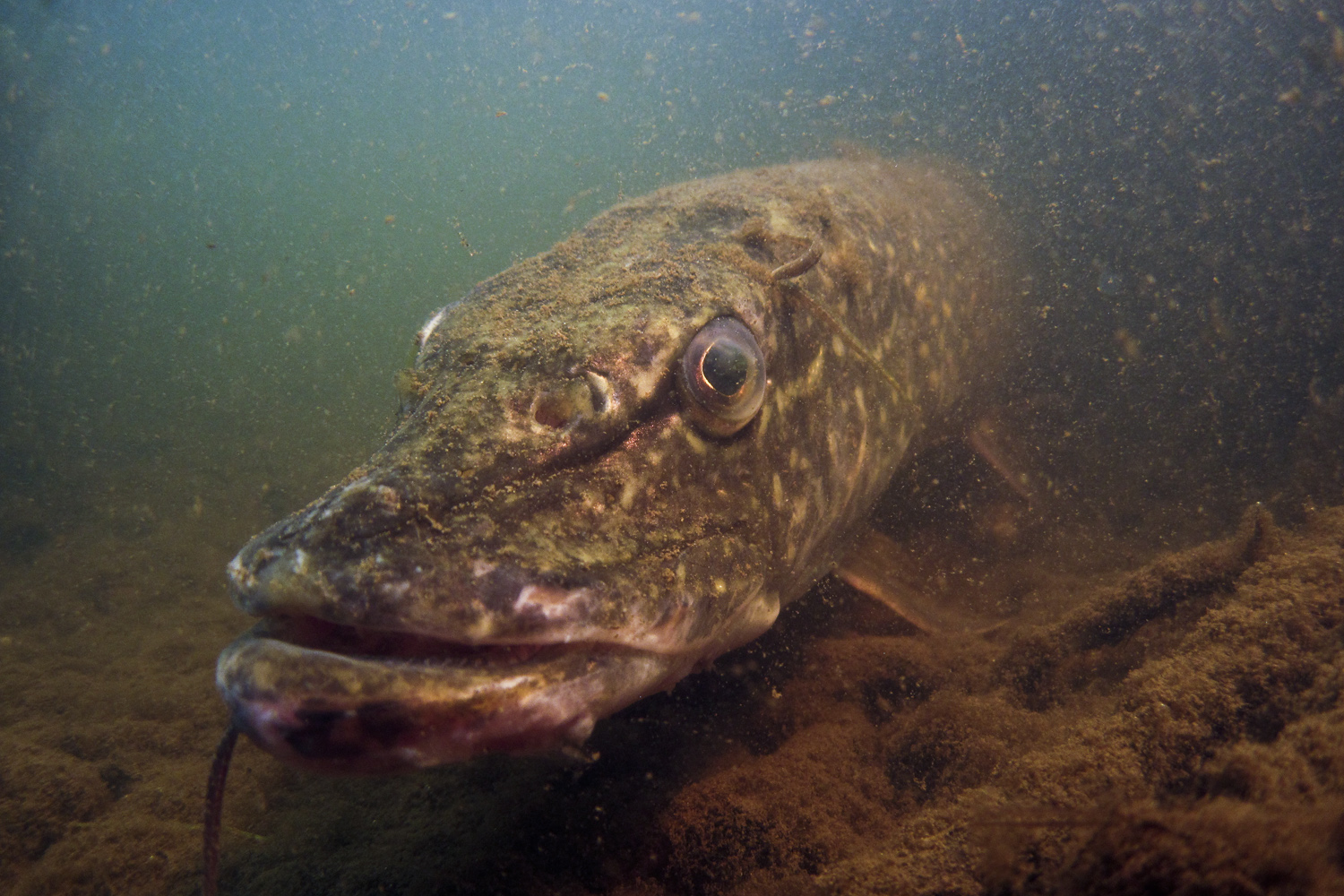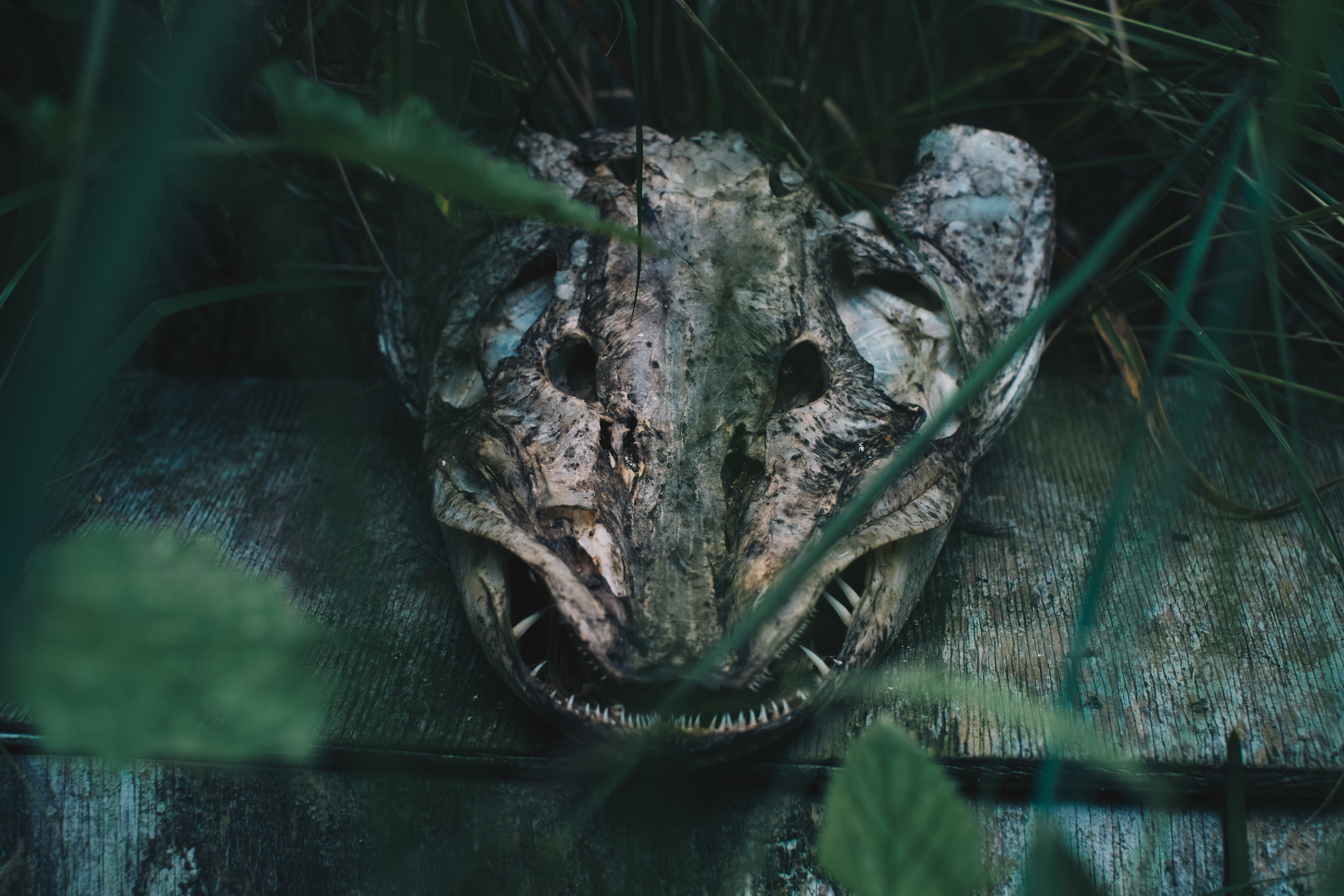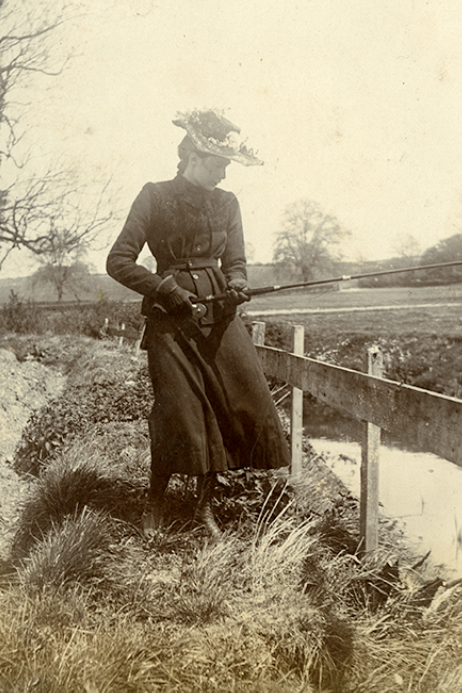

I’m not a fisherman, but if you’re interested in the wildlife and history of the Broads, you’ll soon see that fish are a vital part of the food chain, for people of the past, as well as other wildlife. And in the period 1800-1914 you might say, it all comes to a head…

In 1877, as part of an enquiry, Frank Buckland, the Inspector of Fisheries wrote: “The rivers and Broads are admirably adapted for the breeding and fattening of such indigenous fish as belong to the species of carps, breams, perches, and so forth… [which] naturally deposit, or rather suspend, their spawn on waterweeds and other aquatic plants. The borders of the Broads are, for the most part, margined with dense jungles of reeds, while at the same time the bottom is planted with forests of sub-aqueous vegetation; so there are many hundreds of miles of spawning ground available for the fish which live in these waters.”
In other words, the Broads was pretty much an ideal breeding ground for coarse fish and therefore for coarse fishing. But anyone who had a connection with Broads fish pretty much knew this already. Before the existence of any written records, people had always fished the inland waters of the Broads. The fishponds at the medieval St Benet’s Abbey were an important food source for the monks. As with birds, the relationship with fish revolved around commercial exploitation as undertaken by fishermen and collecting, as undertaken by sportsmen and some women, anglers.
Up until the middle of the nineteenth century, most fishing undertaken in the Broads was commercial and done using nets. The main net employed was the drag net. This, as its name suggests, was dragged through the river, indiscriminately taking all species, though specialist fishermen used specialist nets. Fish were caught largely for food and bait. The most important of the food fish were the migratory fish, the smelts and eels, which could be caught quickly in large numbers when they migrated. The main value of bream and roach was as bait for the crab and lobster pots of the North Sea fishermen. In the early 19th century, carts were sent to Barton Broad by the coastal fishermen to buy all the bream and roach taken when the broad was being dragged. The Breydon flounders usually ended up as bait in lobster pots too.
They live in inshore coastal waters, so Breydon Water was ideal for them and though small, they were numerous. They also migrated annually through the Broads to spawn on the river gravels in Norwich, where they were caught with cast nets. A smelt fisherman could catch up to 600 per night. Traditionally, they were fried in breadcrumbs, with two or three for each person. They had to be very fresh and once caught were kept alive in a tank of water, like eels.
During this period it was realised that eels spawned at sea and migrated up the rivers. Many people didn’t believe this though, instead believing that they were born as fully formed young in Breydon Water and Lake Lothing. Eels have attracted many other strange beliefs. There was an old tale that when on migration, eels knotted themselves into a ball and rolled along the riverbed. An eel-skin garter was believed to ward off rheumatism. And eels kept in water-filled trunks when taken for sale were thought to be at risk of being killed by the electrical disturbances during a thunderstorm.
There were many different ways of catching them, including using ‘picks’, ‘liggers’, ‘grigs’ and ‘babs’. But the most productive way was using a sett. These were huge nets, stretched across the river at night. If you go up Candle Dyke towards Hickling, on your left you’ll pass the last Broads eel sett, a little hut on the bank from where the eel catcher would operate. You can listen to Derek Johnson, the last eel catcher in the Broads, on the Broads Authority website.
Eels were stewed, or boiled and then fried. Eels caught in brackish (slightly salty) water were thought to taste better, though this may just have been a marketing ploy by the Breydon fishermen!

These were regarded as a challenge and therefore an achievement to catch. There were various methods, including what were termed ‘less gentlemanly’ ones. When cooked, they would usually have their tail fixed in their mouth, but this may just have been so they could fit in the oven – they weighed in at around 10 pounds.
This was another sought-after food fish. They were considered to tolerate brackish waters more than other fish, so shrimps were often used as bait. They were thought to congregate round the many bridges in the Broads.
Bow nets or your bare hands were used for catching these. They were considered good enough for the table and were sometimes taken to market wrapped in wet moss to keep them alive – and fresh.
These were scorned as food. If a marshman out fishing for his family caught bream or roach he would usually feed them to his dog or pig.
Lamprey (similar to eel) were once commonly eaten, sturgeon were occasional visitors, allis shad or Alice Shad as they were known at the time (a sea fish) and burbot, now extinct in the UK, were also found. Even trout and salmon were found on the River Wensum.
There were laws controlling netting and fishing on the rivers and broads. These set out close seasons and mesh sizes for nets, enforced with proclamations and investigations, but an 1812 article in The Norfolk Chronicle suggests that the inquests had become more of a day out for officials than a serious legal business. Unfortunately, in the case of the Yare, for example, the laws dated back as far as the 15th century and so were largely either forgotten or ignored. For many years, nobody seemed to mind or notice, and in fact the broads and rivers were actually regarded as overstocked. However, this abundance of coarse fish, particularly bream, was about to come under threat.
The ultimate cause was the Agricultural and Industrial Revolutions suddenly producing a huge market for fish. Smelts for example, were extremely profitable. In the early 1800s, a smelt fisherman could earn £23 in a season. Not surprisingly, the amount of drag netting in particular increased dramatically, with worrying consequences. Growing populations in industrial towns needed feeding and tons of fish were sent to the Midlands during the spawning or any other season. Fishermen, using large, small-meshed drag nets, and usually operating at night, would take wagon loads and wherry loads of fish during the spawning season, and they began to be called poachers. Even the sea fishermen got in on the act, sending sea-going smacks to trawl the river for freshwater fish for use as bait. Broads fish, especially the fry, important for future stocks, were even being caught and sold for use as fertiliser on the new intensifying enclosed farms. Such over-fishing, especially during the spawning season, was unsustainable and from the early 19th century there was an increasing group of sportsmen and women who began to make their voices heard – the anglers.

Angling, or fishing using an angled hook, had been around for centuries. Indeed the first known treatise on angling dates to 1496. But in March 1839, Norwich Town Council was faced with a petition requesting that action should be taken to prevent the dragging of the river for fish. The petition was referred upwards to the magistrates, who were requested to prohibit illegal fishing. This appears to be the first mention of anglers as a recognised group in the Broads.
Around this time, angling technology was improving. The reel was relatively new and the technique of casting was just being developed. Lightweight bamboo rods appeared and silk lines replaced the old horsehair kind. Angling was becoming increasingly popular and skilful, and people began to travel from London to the Broads, specifically for angling. In 1857 the anglers formed the Norwich and Norfolk Anglers Society to promote their recreation and in August 1859 the first recorded county fishing match was held at Limpenhoe Reach on the River Yare. Over eight hours, 28 competitors caught 231 pounds of fish. The Yare Preservation Society was also formed in 1857 and eventually became instrumental in bringing about reform.
The anglers society also aimed to assist the authorities in clamping down on illegal fishing, but in this they were less successful. For the time being, all they could do was to bribe fishermen not to net. The complicated situation needed new legislation and in 1876, the Yare Preservation Society, with a clear aim ‘to abolish netting and poaching, and protect the river for fair angling’ teamed up with riverside landowners and MPs, and decided to bypass the local authorities altogether, going direct to the Home Secretary, which eventually led to the 1877 Norfolk and Suffolk Fisheries Act.
The situation improved but was far from perfect for everyone. Those revolutions were still having an effect. Sea breaches, pleasure steamers and fen drainage amongst other things were all thought to be affecting fishing and angling. In the early 1800s, the River Wensum, running through the centre of Norwich, was clean enough for trout to congregate at New Mills, now the end of the Broads navigation. However, the population of Norwich was growing and by the middle of the century, the most serious threat to fishing and angling on the Wensum was pollution.
Clearly, many Broads people of the period were just as concerned with matters relating to water quality, bank protection, salt water and water levels as we are today. Some local buildings still have plaques indicating the water level in the 1912 floods. Accommodating all those with an interest in the Broads is also a recurrent theme. But commercial fishing has disappeared from the Broads and culinary tastes definitely have changed; coarse freshwater fish are no longer widely eaten in the UK. If you are considering keeping any fish you catch anywhere, please follow local rules and guidance on size, catch limits, equipment and safety. We don’t recommend eating fish caught in the Broads waterways.
In the interests of brevity I haven’t included information on sources here, but much has been gleaned from The Norfolk Chronicle (published 1776-1955) and I’ll be delighted to supply details of sources if anyone would like to know more.
If you want to go angling yourself, these pages will help you:
For where to see wildlife go to VisitTheBroads.co.uk/nature-reserves
If you’re interested in the links between the Broads and coastal fishing, Time and Tide Museum at Great Yarmouth is a great place to visit.
Blog by: Robin Jeffries, Visitor Services Officer
Archive image: www.picture.norfolk.gov.uk